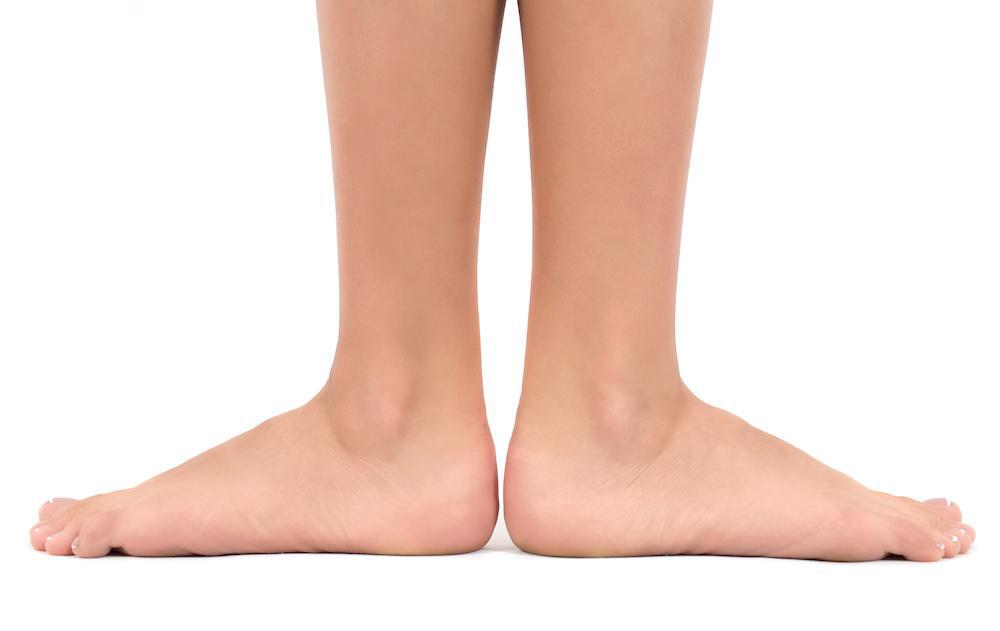A healthy foot generally has an arch on the instep, or inside of the foot. Strong tendons connect your foot bones, heel, and lower leg to form an arch. If you’re an adult, the arch of your foot shouldn’t touch the ground when you stand, because it lifts your instep and supports your foot.
But, up to 18 million American adults have flat feet. With flat feet, your feet don’t have arches, and the entire soles of your feet touch the ground as you walk. Many people with flat feet don’t experience symptoms, but it can cause foot pain in others.
David B. Glover, DPM, FACFAS, and his team at Mountain View Foot & Ankle Institute are experts in taking care of foot problems, including flat feet. Read on to find out how fallen arches can affect your foot health and what you can do about it.
Flat feet can cause pain and foot complications
Babies and children have flat feet, because the tendons that will lift their arches haven’t developed yet. But as they grow, they should develop arches. So if you have flat feet, your arches may not have developed properly, or they could have fallen due to injury or natural wear and tear.
An injury that causes tendons in the foot to stretch or tear can impact the height of an arch. Furthermore, overuse or injury can lead to inflammation or broken bones, which can cause an arch to fall. And in some cases, age can weaken tendons and cause an arch to collapse.
You might be at an increased risk for having flat feet if you:
- Are overweight or obese
- Have rheumatoid arthritis
- Have diabetes
- Have a foot or ankle injury
- Are elderly
Having flat feet may make it more likely that you experience other foot issues, including:
- Pain in your arches and heels
- Inability to stand on your toes
- Swelling in the soles of your feet
- Back or leg pain
- Your feet roll inward when you walk
Flat feet might cause pain in your feet, legs, or back. Some people with flat feet find that their feet tire quickly, even with a small amount of activity. If you notice any of these symptoms, it’s time to visit Dr. Glover.
Finding the right treatment for flat feet
Diagnosing flat feet is generally simple. Dr. Glover will review your medical history and discuss any injuries that might have contributed to your condition. He’ll evaluate your feet, examine your arches, watch you walk, and request imaging tests if needed.
If your flat feet aren’t causing pain, you may not need treatment. But, if you’re experiencing symptoms, such as pain and swelling, treatment may be able to help. Dr. Glover will recommend treatment strategies based on the severity and cause of your condition. Resting and icing your feet can relieve pain, as can taking pain relievers as directed.
Physical therapy and stretching exercises can build strength and improve range of motion for patients who have flat feet as a result of injury or weakened tendons. And orthotic devices, such as shoe inserts, can correct the lift of your arches.
Don’t let flat feet cause you pain and keep you from enjoying your favorite activities. To get the help you need, book an appointment online or over the phone with Mountain View Foot & Ankle Institute today.

